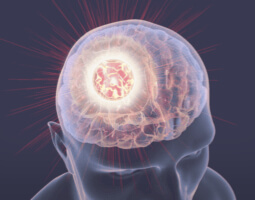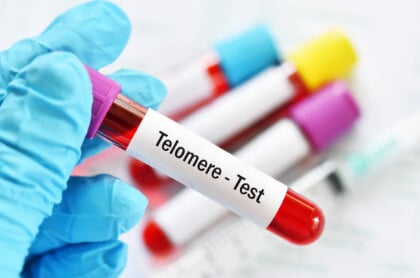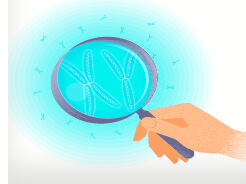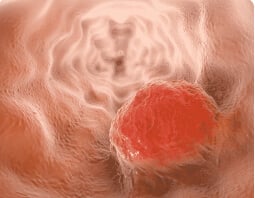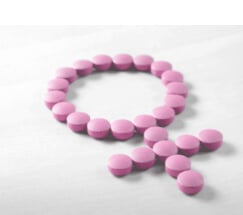Malignant glioblastoma is currently a difficult Cancer to treat because its ability to diffuse, rate of recurrence and resistance to treatment. As the most prevalent type of brain Tumor, glioblastoma has the worst prognosis of a central nervous Cancer with medial survival rate of 14 months.
In a current study published in the journal of agricultural and food chemistry (J agric Food Chem (web) March 2011) a group from Italy, conducted experiments to determine the antiCancer properties of resveratrol on a human glioblastoma cultures. The results of their experiments determined that resveratrol was able to stop the growth of the Tumor cells and limit the ability of the cells to migrate.
In addition to these findings the researchers observed that once the cells were treated with resveratrol the protection lasted four days. These observations collectively support the possibility of using resveratrol to be administered in the chemotherapy regimen of these Cancers. Giving a little more hope ways to treat this deadly Cancer.
In another study published in the same journal, resveratrol was used to treat Arthritis (journal of agricultural and food chemistry (web) March 2011). In their study, this group compared other stilbenes (analog molecules similar to resveratrol) and their ability to treat Arthritis. In the study, the method that researchers used to measure Anti-Inflammatory arthiritis effects was measuring the compounds involved with inducing +Inflammageing. They observed that by a combination of various stilbenes they were able to decrease the +Inflammageing due to Arthritis.


